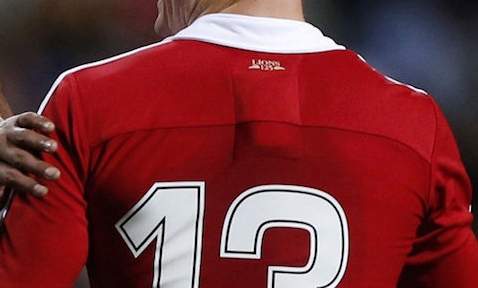Rugby tends to be ahead of the times when it comes to using technology to improve the game. The use of video footage to help the referees dates back as far as the late 90’s, becoming commonplace during the early 2000’s.
Just over the past year, we have seen the introduction of ‘smart balls’ which indicate to the statiticisions the flight time of the oval object as well as giving indications of the force put behind it.
In terms of using these modern advancements for safety, it is noticeable in the professional game that these mammoth players are all running around the field with a rectangular chip on the back of their shirts, towards their neck.

These devices are battery powered and typically composed of GPS, accelerometers, gyroscopes, magnetometers, and heart rate monitors. It is designed to help understand how the intensity of the game and the energy outputted can affect injuries and recovery time.
Next season we will see the introduction of an instrumented mouthguard in Gallagher Premiership and the Allianz Premier 15’s alike.
Next season in @premrugby and @Premier15s every professional player will be offered an instrumented mouthguard.
These will provide data on head accelerations and give a measure of contact loads.
RFU Medical Services Director, Dr Simon Kemp, tells us more.#RugbyTonight pic.twitter.com/apFi9ULZa8
— Rugby on BT Sport (@btsportrugby) May 1, 2022
RFU Medical Services Director, Dr Simon Kemp had the following to say:
“At the moment, most of the training led data is from the GPS system which works very well in a running sport, but rugby is of course a collision and contact sport.
“We hope that this instrumented mouthguard setup will fundamentally change how coaches and players see training. With the ultimate ambition of reducing unnecessary contact and unnecessary head impacts.”
With more and more research being done into the long term effects of concussions and head injuries, these will go a long way to provide useable data for doctors and performance staff.
Sign In